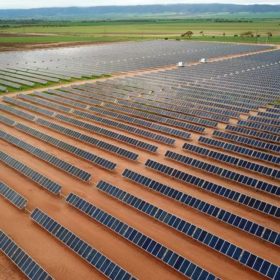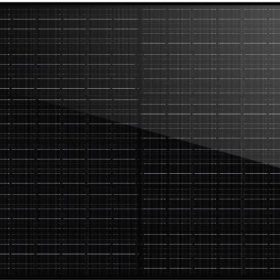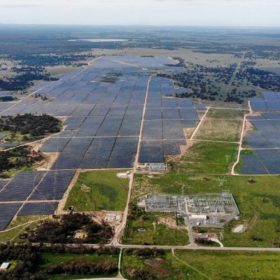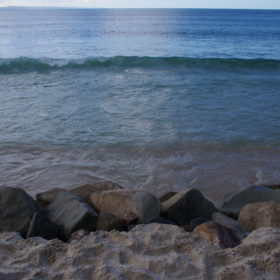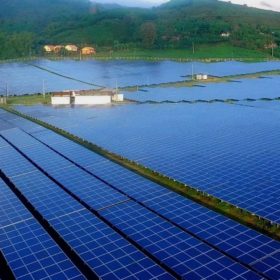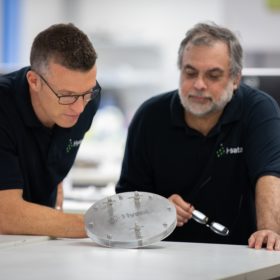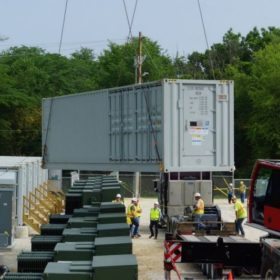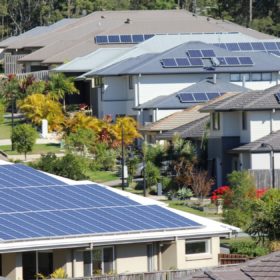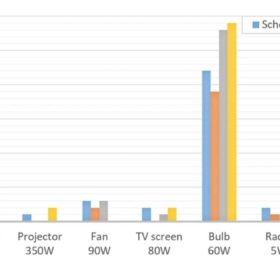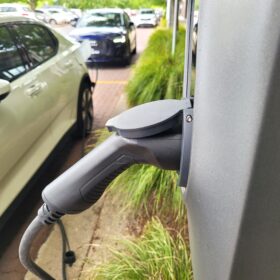MPower acquires Faraday solar project in Victoria as it grows its mid-scale play
Australian renewable energy developer MPower has acquired the shovel-ready 5 MW Faraday solar project in Victoria. The purchase is part of the company’s broad mid-scale strategy.
Longi increases product warranty to 25 years
Chinese manufacturer Longi has increased the product warranty for its Hi-MO 5m modules to 25 years in Australia and New Zealand. The company says the ten year boost comes “after identifying how important it has become for consumers to have full confidence and peace of mind at the time of choosing their solar system components.”
C&I customers to offtake 25% of generation from Australia’s biggest solar farm
Commercial and industrial energy retailer SmartestEnergy Australia have signed a power purchasing agreement with Octopus Australia to offtake 25% of generation from its Darlington Point Solar Farm in New South Wales.
Green hydrogen straight from the ocean: Adelaide researchers crack new method
Researchers from the University of Adelaide, along with international partners, have successfully used seawater with no pre-treatment to produce green hydrogen. The team did this by introducing an acid layer over the catalysts in situ. “We have split natural seawater into oxygen and hydrogen with nearly 100% efficiency… using a non-precious and cheap catalyst in a commercial electrolyser,” University of Adelaide’s Professor Shizhang Qiao said.
Acen Renewables starts building 360 MW of utility-scale solar in Philippines
Acen Renewables, a Manila-based developer, is building two solar plants in the provinces of Pangasinan and Zambales.
Indian coal miner commissions utility-scale floating PV array
Singareni Collieries Co. Ltd. (SCCL) has commissioned 5 MW of a 15 MW floating solar plant on the Singareni Thermal Power Station reservoir in India.
Australia and Germany tip $100 million into green hydrogen projects
An Australian cleantech company that claims its technology could enable hydrogen production of below $1.50 per kilogram by the middle of the decade is one of four green fuel projects to share in more than $100 million (USD 78 million) funding awarded as part of a collaboration between the Australian and German governments.
RES plans 600 MWh big battery as coal-fired plants exit system
UK-based developer Renewable Energy Systems Group is planning to build a 250 MW/600 MWh battery energy storage system in the New South Wales Hunter region that is says would provide critical grid services and support Australia’s renewable energy transition.
Renewable energy generation hits record levels in Australia
Renewable energy generation provided a record high proportion of Australia’s electricity mix in the final three months of 2022, supplying on average more than 40% of power in the nation’s main grid, eclipsing the previous record of 35.8% set in the same period the previous year.
Second-life batteries might beat new ones on solar LCOE in remote locations
UK scientists have discovered that second-life batteries could provide a lower levelised cost of electricity (LCOE) than conventional batteries in school buildings equipped with PV in East African schools. They said the cheapest system configuration uses either 7.5 kW or 10 kW of solar with 20 kWh of storage.
